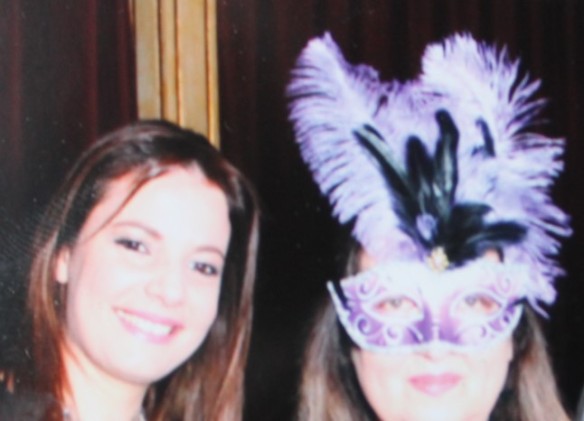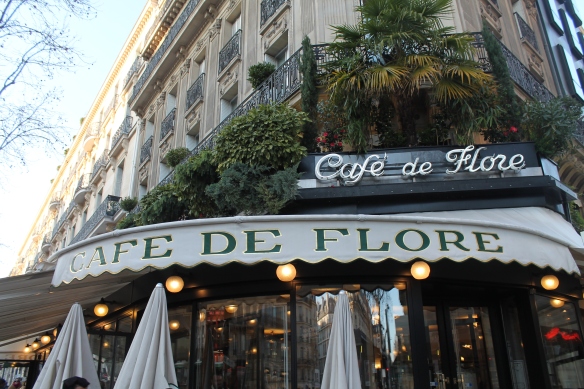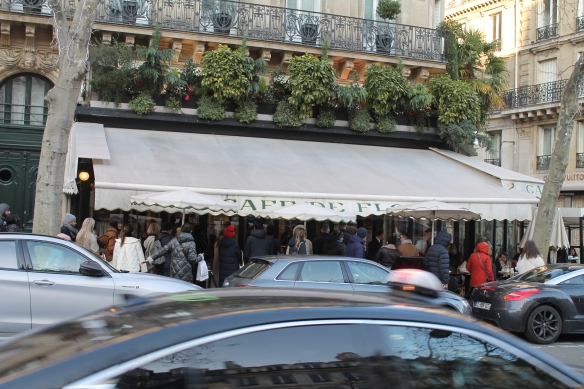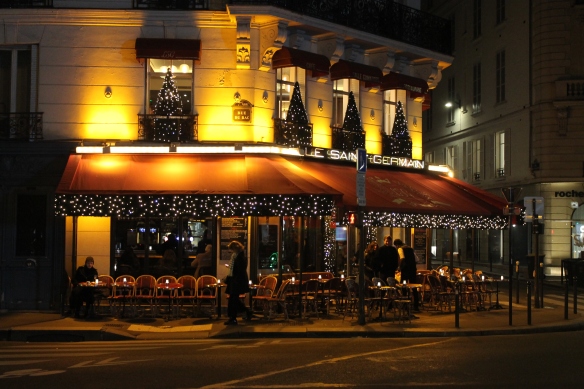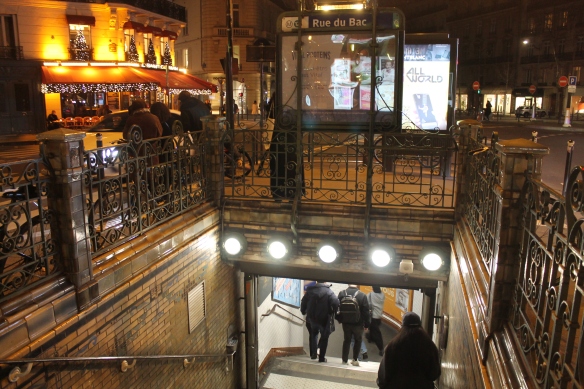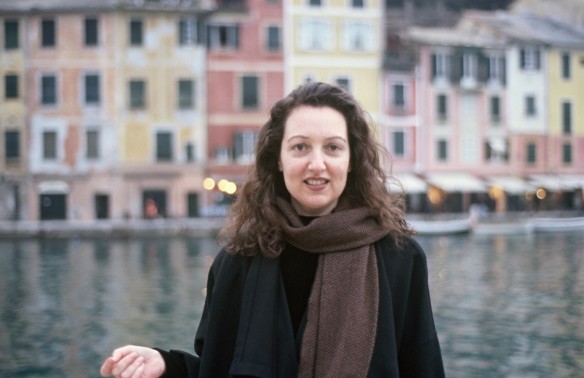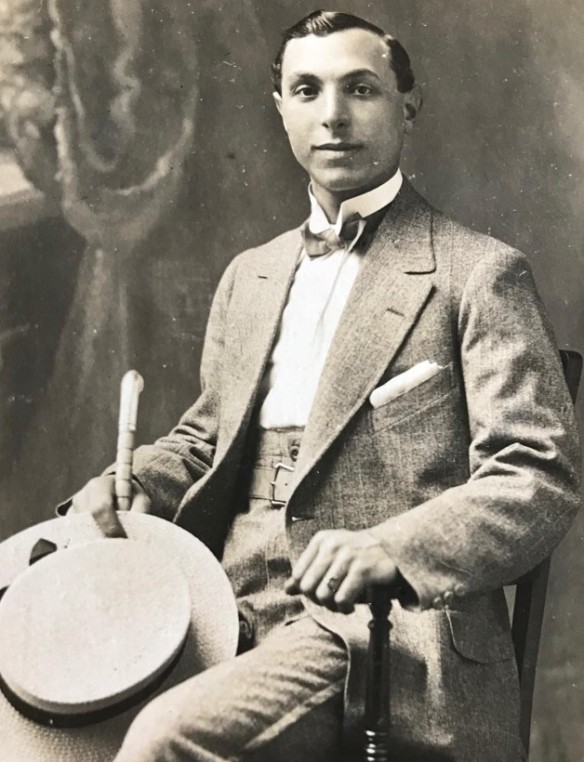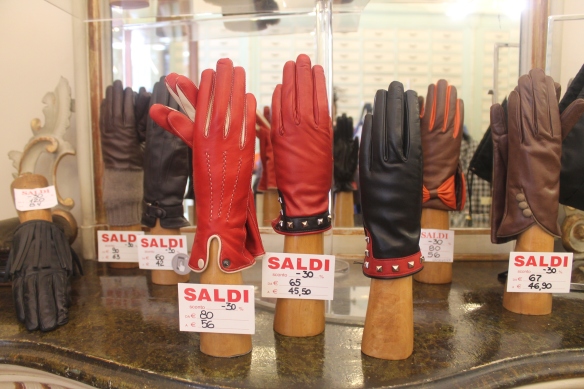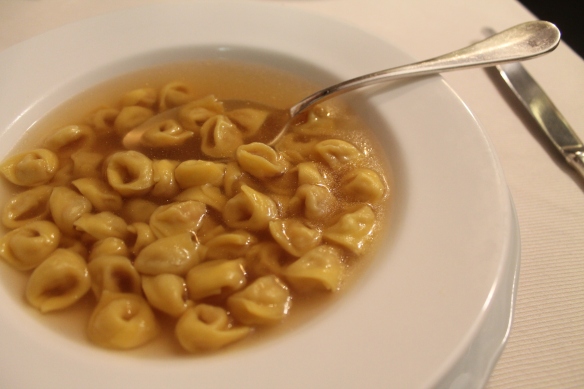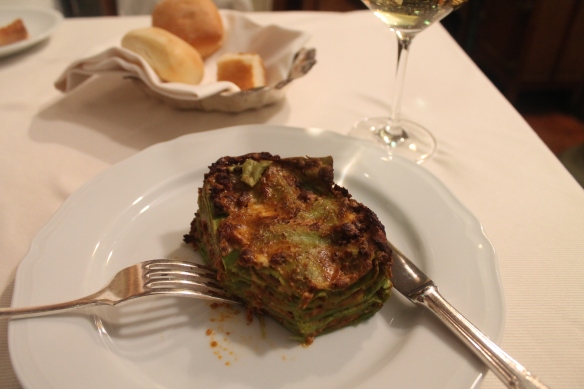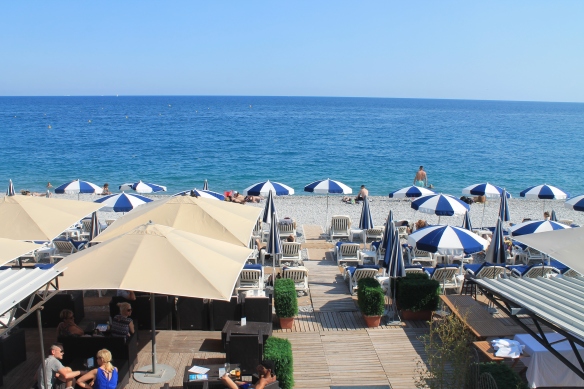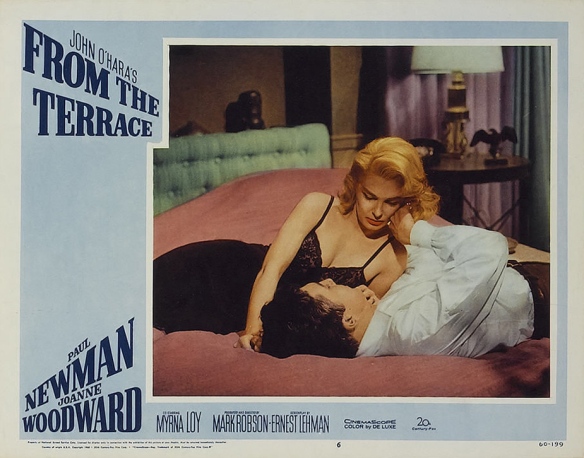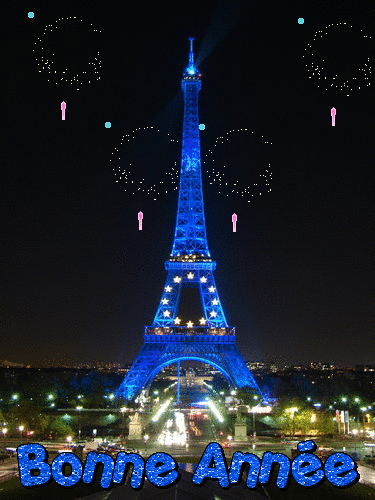We ended up taking the express train (the RER A) across the city to Bercy Village, a place I like very much and have chronicled many times on this blog. As previously mentioned, there was a strike that day but most workers stayed at home so the trains, running on reduced service, were not full.
Just beyond the village, there’s another place I didn’t know about. It’s called Les Pavillons de Bercy – Musée des Arts Forains. This is where our office party was held. Bercy has an interesting history. Once a collection of warehouses reserved for wine merchants, it is located along the river Seine on the outskirts of the 12th arrondissement. This area received, stored and redistributed wines and spirits from as early as 1800. Barrels from the country’s wine regions arrived by boat, were unloaded there and stored in cellars called chais.
It was very well organized. It was, after all, the French wine trade. When the railway line between Paris and Lyon opened in 1849, rail transport developed and Bercy station received wine from Provence, the South, the Rhone Valley and Burgundy in wooden barrels placed on flat wagons.
Between 1875 and 1914, the railway ensured almost all of the wine transport. Barrel wagons were pulled by horses and then by locotractors. Today you can still see the rails that were purposely kept on the ground.
When water transport developed, boats conveying wines from Algeria, Spain and Portugal were unloaded onto barges in Rouen then travelled up the Seine to the port of Bercy. It was the largest wine market in the world.
The Decline
In the mid-1960s, the City of Paris planned to develop this land and leases were not renewed. The largest and most dynamic wine merchants moved to the city’s periphery. (above source: Wikipedia)
Today, the old stone cellars have been tastefully converted into shops, restaurants and venues. Bercy Village looks like this:
The Pavillons of Bercy, also a converted space from the former warehouses, houses a collection of objects from funfairs and fairgrounds from the 19th century. Containing a variety of objects dating between 1850 and 1950 including amusement rides, fair stalls, merry-go-rounds and carousels, swings, hundred-year-old bicycles and more, the museum was created by Jean-Paul Favand, an actor and antiques dealer, from his private collection.
We played old-fashioned games like this one above, rode on the merry-go-round, ate finger food, drank champagne and socialized, then danced into the wee hours of the morning. Our employer paid for taxis home.






